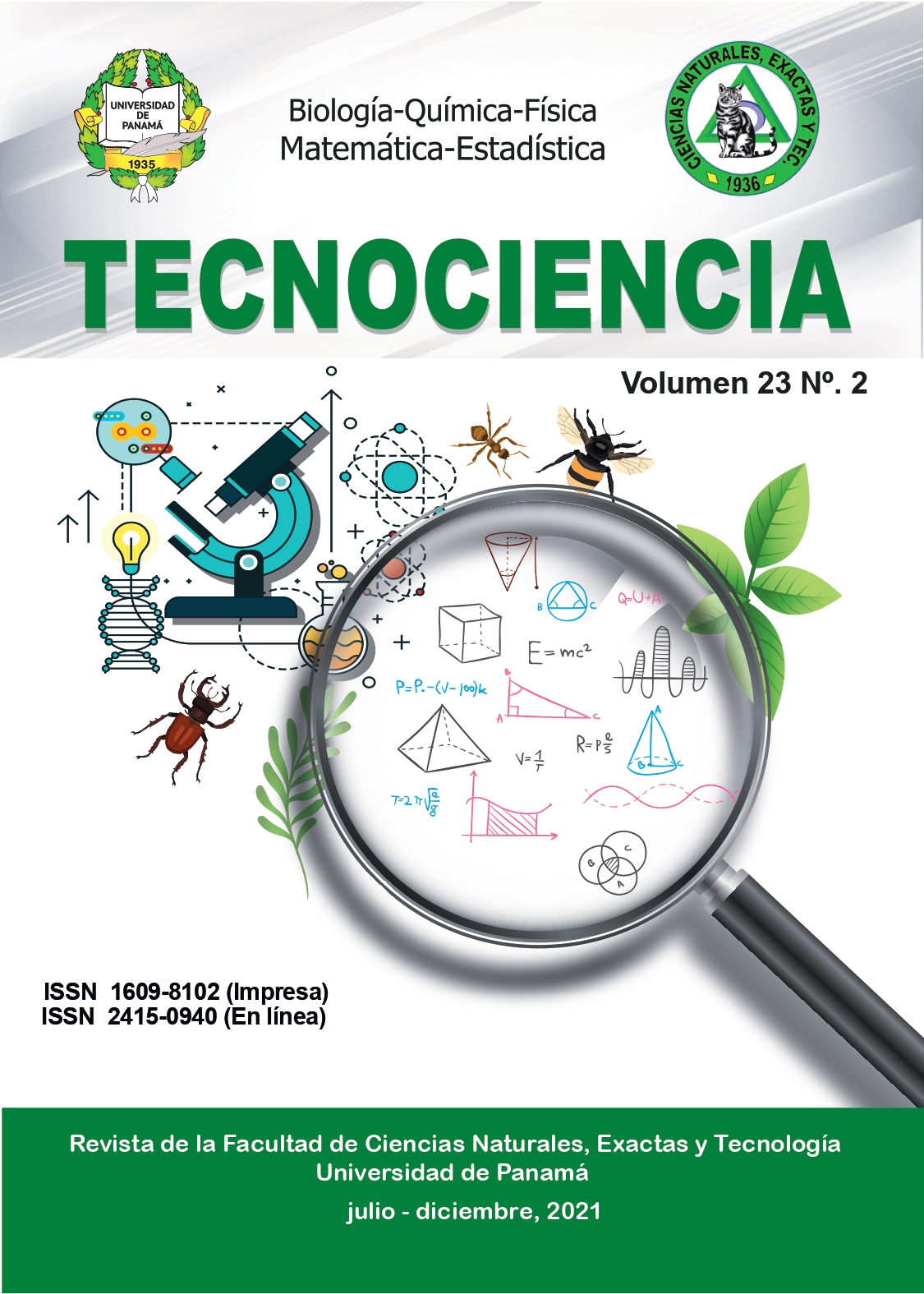References
Azam, D., O. Ukpai, A. Said, G. Abd-Allah & E. Morgan .2012. Temperature and the development and survival of infective Toxocara canis larvae. Parasitology Research 110: 649-656.
Berenji. F., A. Pouryousef, A. Fata, M. Mahmoudi, M. Salehi & J. Khoshnegah. 2016. Seroepidemiological Study of Toxocariasis in the Owners of Domestic Cats and Dogs in Mashhad, Northeastern Iran. 11(2):265-268.
Breña, J.P., R. Hernández, A. Hernández, R. Castañeda, Y. Espinoza & W. Roldán. 2011. Toxocariosis humana en el Perú: aspectos epidemiológicos, clínicos y de laboratorio. Acta Médica Peruana. 28(4): 228-236.
Celis, C., C. Núñez, A. García & G. Mendoza. 2012. Soil contamination by Toxocara spp. eggs in a University in Mexico City. Rev Bras Parasitol Vet; 21:298-300.
Chen, J., Q. Liu, G. Liu, W. Zheng, S. Hong & H. Sugiyama. 2018. Toxocariasis: a silent threat with a progressive public health impact. Infect Dis Poverty. 7:59.
Devera, R., Z. Pérez, Y. Yanez, Y. Blanco & I. Amaya. 2014. Toxocara sp. y otros helmintos en muestras de suelo y heces de perros procedentes de la Escuela de Ciencias de la Salud, UDO-Bolívar, Ciudad Bolívar, estado Bolívar, Venezuela. Vitae. 59.
Fan, C., C. Holland, K. Loxton & U. Barghouth. 2015. Cerebral toxocariasis: silent progression to neurodegenerative disorders? Clin Microbiol Rev. 28:663–86.
Gallina, T., M. Da Silva, L. De Castro, E. Wendt, M. Villela & M. Berne. 2011. Presence of eggs of Toxocara spp. and hookworms in a student environment in Rio Grande do Sul, Brazil. Rev Bras Parasitol Vet; 20:176-177.
González, T., M. Muñoz, H. Sánchez, M. Prado, J. Cuellar, F. Alba. 2017. Experimental transmission of Toxocara canis from Blattella germanica and Periplaneta americana cockroaches to a paratenic host. Vet Parasitol. 246: 5-10.
Google. (4 de junio de 2020). Google Earth. Obtenido de Google Earth: https://satellite-map.gosur.com/es/map/?ll=8.9714493,-79.5341802&z=12
Heuer, L., M. Beyerbach, F. Lühder, A. Beineke & C. Strube. 2015. Neurotoxocarosis alters myelin protein gene transcription and expression. Parasitol Res. 114:2175–86.
Keegan, J.D. & C. Holland. 2010. Contamination of the hair of owned dogs with the eggs of Toxocara spp. Vet Parasitol. 173 (1-2): 161-164.
Lee, A.C., M. Schantz, K. Kazacos, S. Montgomery & D. Bowman. 2010. Epidemiologic and zoonotic aspects of ascarid infections in dogs and cats. Trends Parasitol. 26:155–161.
Ma, G., C. Holland, T. Wang, A. Hofmann, C. Fan & R. Maizels. 2018. Human Toxocariasis. Lancet Infect Dis.18 (1): e14–24.
Macpherson. C.N. 2013. The epidemiology and public health importance of toxocariasis: A zoonosis of global importance. Int. J. Parasitol. 43(12-13):999–1008.
Maya, C., M. Ortiz & B. Jiménez. 2010. Viability of Ascaris and Other Helminth Genera Non Larval Eggs in Different Conditions of Temperature, Lime (pH) and Humidity. México.
Medina D. 2017. Parásitos presentes en especímenes de Periplaneta americana (Blattodea) colectados en el Campus Central de la Universidad de Panamá, Panamá. Scientia 27(1): 65-69
Mérida, A., J. Figueroa, H. Quiroz, A. Ramírez & E. Ramos. 2006. Manual de prácticas de laboratorio de Parasitología Veterinaria. México.
Ministerio de Ambiente. 2010. Atlas Ambiental de la República de Panamá. Primera edición, Nova Art S.A., Panamá.
Moreira, G.M., P. Telmo, M. Mendonca, A. Moreira, A. McBride, C. Scaini & F. Conceicao. 2014. Human toxocariasis: current advances in diagnostics, treatment, and interventions. Trends Parasitol. 30:456–64.
Overgaauw, P.A. & F. van Knapen. 2013. Veterinary and public health aspects of Toxocara spp. Vet Parasitol. 193:398–403.
Pautova, E.A., L. Shchuchinova & A. Dovgalev. 2015. [the development and survival of toxocara canis eggs in the natural climatic conditions of gorno-altaisk]. (2):42-4.
Sáez, V. & Y. De La Rosa. 2013. Prevalencia de Toxoplasma gondii y otros enteroparásitos en suelos y pastos en la Universidad de Panamá. (Tesis de grado). Universidad de Panamá.
Salvador, S. & R. Ribeiro, M. Winckler, L. Ohlweiler, R. Riesgo. 2010. Pediatric neurotoxocariasis with concomitant cerebral, cerebellar, and peripheral nervous system involvement: case report and review of the literature. J Pediatr (Rio J) 86:531–534.
Sasmal, N. K., PaharI, T. K. y Laha, R. 2008. Experimental infection of the cockroach Periplaneta americana with Toxocara canis and the establishment of patent infections in pups. Journal of Helminthology, 82(2): 97-100.
Schnieder, T., E. Laabs & C. Welz. 2011. Larval development of Toxocara canis in dogs. Veterinary Parasitology, 175, 193-206.
Strube, C., L. Heuer & E. Janecek. 2013. Toxocara spp. infections in paratenic hosts. Veterinary Parasitol. 193 (4): 375–389.
Tantaleán, M. 2010. Manual de diagnóstico parasitológico en animales silvestres. Lima: Instituto Peruano de la Biodiversidad. 28 p.
Treviño, V. 2017. Evaluación in vitro de la motilidad de huevos larvados de Toxocara canis luego de la exposición compuestos metálicos de transición, ligandos derivados de azoles y soluvet. Universidad Autónoma de Nuevo León, Facultad de Agronomía, Facultad de Medicina Veterinaria y Zootecnia.
Tudor, P. 2015. Soil contamination with canine intestinal parasites eggs in the parks and shelter dogs from Bucharest area. Agric. Agricult. Sci. Proc. 6:387–391.
Umanets, A., L. Chae-Wong, K. H. Bumseok, Eui-Ju, K. Hyeon-Cheol & P. Bae-Keun. 2018. Morphological and Molecular Characterization of Toxocara tanuki (Nematoda: Ascaridae) from Korean Raccoon Dog, Nyctereutes procyonoides koreensis. 56(6): 567–575.
Uribarren, T. 2015. Larva Migrans Visceral. Departamento de Microbiología y Parasitología, Facultad de Medicina, Universidad Nacional Autónoma de México (UNAM).
Woodhall, D., M. Starr, S. Montgomery, J. Jones, F. Lum, R. Read & R. Moorthy. 2012. Ocular toxocariasis: epidemiologic, anatomic, and therapeutic variations based on a survey of ophthalmic subspecialists. Ophthalmology 119:1211–1217.

